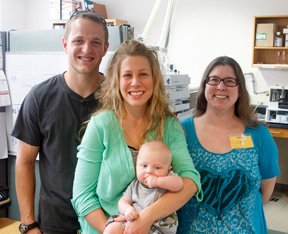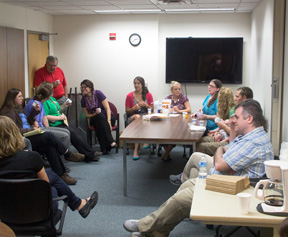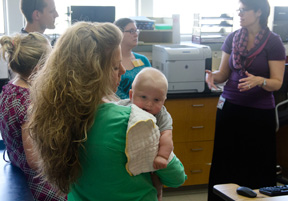WSLH Toxicologist Kayla Neuman is presenting study data on the effect of synthetic cannabinoids on driving at the American Academy of Forensic Sciences annual conference on February 25, 2016.
Here’s an abstract of her presentation –
Synthetic Cannabinoids in Drivers: Clinical and Psychophysical Indications of Intoxication
Kayla M. Neuman, M.S., Wisconsin State Laboratory of Hygiene – Forensic Toxicology Section
Synthetic Cannabinoids, also known as “fake pot”, K2, and spice are growing in popularity amongst drivers in Wisconsin. Specialized evaluations performed by Drug Recognition Experts (DRE) to identify drugged driving impairment were examined. The data collected was used to determine the likely symptoms caused by these types of substances.
The Wisconsin State Laboratory of Hygiene (WSLH) with the cooperation of the WI Department of Transportation’s Bureau of Transportation Safety (BOTS), outsourced samples to other laboratories to test for synthetic cannabinoids. A total of 118 cases were sent out between March 2010 and May 2015, with 24 cases having all information required for the data collection. Of the 24 cases examined, 20 were male subject and 4 were female subjects. There were a total of 11 different types of synthetic cannabinoids found in these 24 blood specimens and negative results for the rest of the alcohol and drug testing. Examination of the police reports revealed that impaired drivers were commonly identified by poor driving and traffic crashes (71%).
Based on the DRE evaluations, the subjects consistently had poor balance and coordination (54%), bloodshot eyes (67%), droopy eyelids (54%), and were unable to cross their eyes (75%). These symptoms are also common with impairment seen by those who use cannabis. Impairment was also noticeable by the subjects speaking slowly and swaying while trying to balance during two of the tests used. However, the body’s responses (pulse rate, blood pressure, body temperature, pupil size, pupil reaction to light, and muscle tone) to synthetic cannabinoids were within normal DRE ranges for the majority of cases. There were a few cases that displayed specific indications of intoxication that were not within normal ranges including dilated pupils (46%), watery eyes (42%), uncontrollable shaking (21%), elevated pulse (42%), and elevated blood pressure (21%). This may be due to the specific type of synthetic cannabinoid used, the person’s body chemistry, or the amount of time between driving and the DRE evaluation. Overall, driver performance on DRE evaluations indicated that synthetic cannabinoids caused significant physical impairment and do impair a person’s ability to drive a car.
Abstract will be presented during the American Academy of Forensic Sciences annual conference in Las Vegas, NV, February 25, 2016.
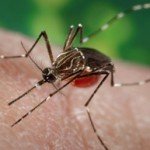
 That harmful algal bloom (HAB) and others are discussed in the ET&C Focus article
That harmful algal bloom (HAB) and others are discussed in the ET&C Focus article 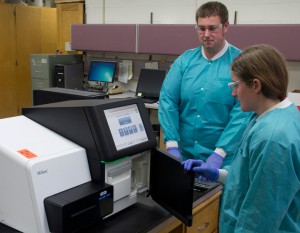
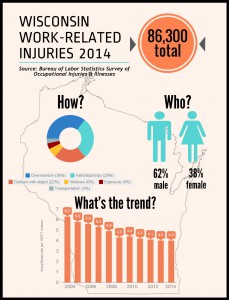
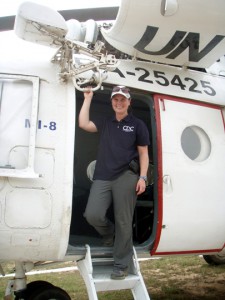 Lt. Dee Dee Downie spoke to WSLH staff recently about the challenges and successes of her 2 deployments to Liberia to battle the Ebola virus.
Lt. Dee Dee Downie spoke to WSLH staff recently about the challenges and successes of her 2 deployments to Liberia to battle the Ebola virus.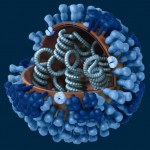 The
The 